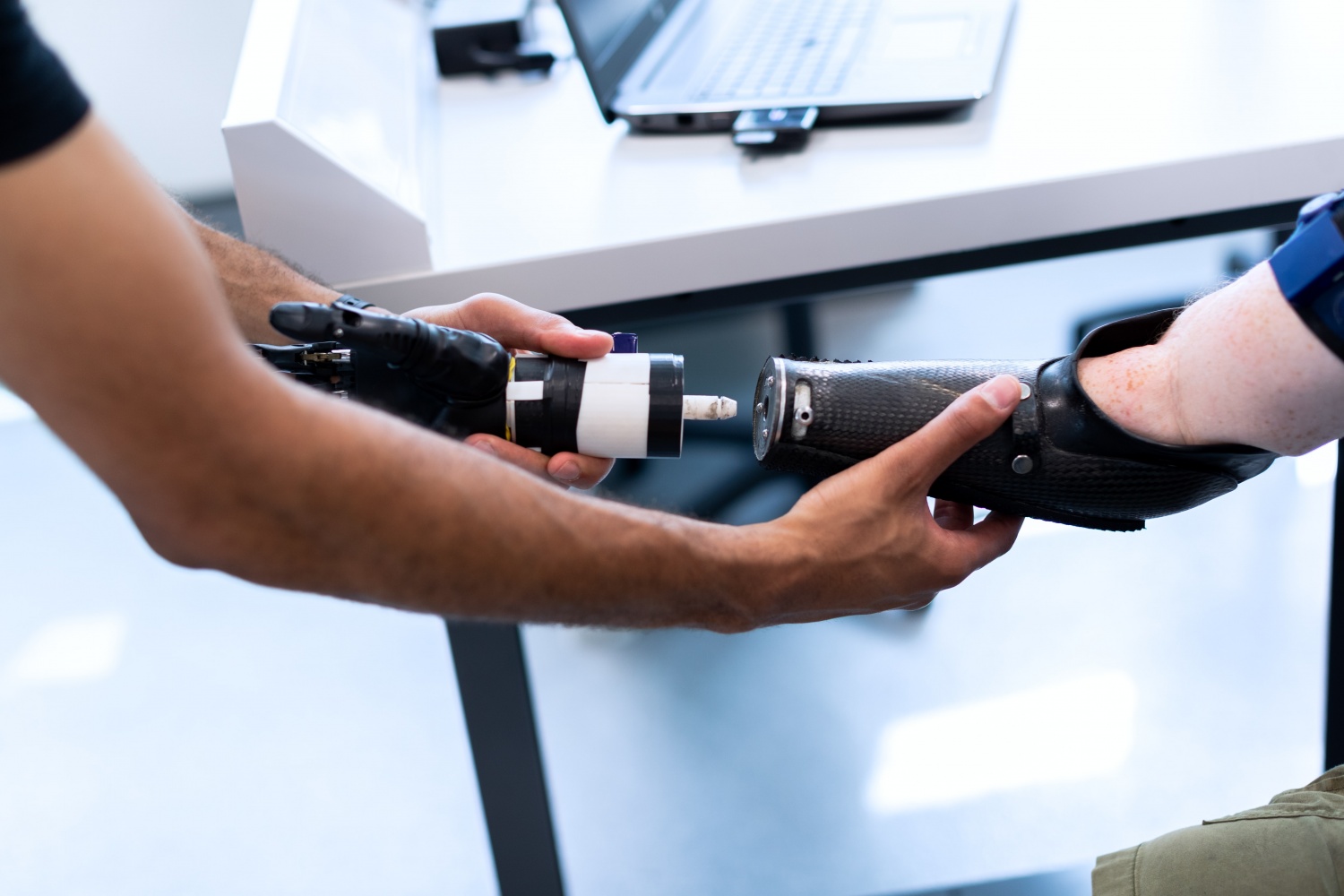
Magnets could potentially offer better control for people with prosthetic limbs. System uses small magnetic beads in order to rapidly measure the position of every single muscle and relay that information directly to a bionic prosthesis.
Prosthetic Limbs Control Through Electromyography
According to News.Mit.edu, for people with amputations that are using prosthetic limbs, one of the major challenges is actually controlling the prosthesis itself so that it would move the exact same way as a natural limb would move. Most of the prosthetic limbs are actually controlled through electromyography.
Electromyography is reportedly a way of recording electrical activity from the muscles. The approach, however, provides only a limited control of the whole prosthesis and has been a long problem for those with prosthetic limbs. Graphene nanotubes have even pushed the prices of prosthetics interacting with touch screens to go down.
Prosthetic Limbs Control Through Magnetomicrometry
MIT's Media Lab researchers have now reportedly developed another kind of approach that is believed to offer a much better and precise control of the prosthetic limbs. After simply inserting small magnetic beads into muscle tissue within the whole amputated residuum, they can be used to precisely measure the actual length of a muscle whenever it contracts.
This feedback can then be relayed to the whole bionic prosthesis within just a few milliseconds. The new study appears in the Science Robotics journal and researchers are calling this new strategy "magnetomicrometry" or MM. The researchers reportedly hope to test out this new approach in people with amputation within a couple of years.
Cost Efficient Method
Hugh Herr, a professor of media arts and science, currently the head of the Biomechatronics group in Media Lab, and also the senior auditor of the paper gave a statement about the research. It was noted that their hope is that MM will be able to replace the current electromyography as the more dominant way in order to link the peripheral nervous system directly to bionic limbs.
It was noted that they have that hope due to the high signal quality that they can potentially get from MM. It was also noted that another reason is the fact that it is actually minimally invasive and also has quite a low regulatory hurdle and cost. Prosthetics advancement has ventured into AI as robotic exoskeleton technology is starting to push forward.
Read Also: Company Lets Amputees Turn Their Prosthetic Limbs Into Fashion Statements
Minimally Invasive Approach
An MIT postdoc, Cameron Taylor, is currently the lead author of this particular study. Some other authors also include postdoc Shriya Srinivasan, Brown University professor ecology and evolutionary biology Thomas Roberts, MIT graduate student Seong Ho Yeon, and also Brown postdoc Mary Kate O'Donnel.
One of the major advantages of the whole MM approach is that it is very minimally invasive. Once it is simply inserted in the muscle, the beads could then remain in place for a lifetime without the need to replace them, according to Herr. The research was reportedly funded by the Salah Foundation, the National Institute of Health, the MIT Media Lab Consortia, and the National Science Foundation.
Related Article: Self-Healing Robot Muscles May Revolutionize Prosthetic Limbs For Amputees
This article is owned by Tech Times
Written by Urian B.









